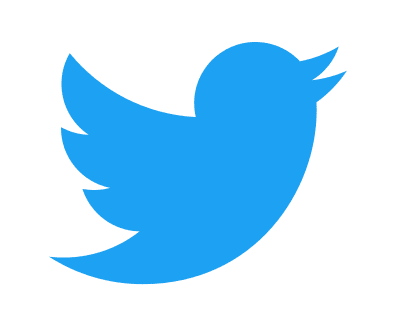1. Sewing Machine
In 1832, Walter Hunt was noted as the inventor of the sewing machine. This invention revolution and transformed how things are being made today. With the use of a needle being pushed through cloth, a seamstress can make virtually any design that they want. While this machine is a coveted a welcome item in homes and in manufacturing places, the earliest thoughts and receptions were not as embraced in the earliest years. This newer innovative technology was responsible for putting large numbers of people on the employment line. This is one of the primary reasons why its inventor delayed its patent due to these and related factors. Sewing machines are used in many different settings and environments to make clothing, table mats, purses, and a host of other items that need this kind of machine to speed up the sewing and mending process.
2. Telegraph Communications Became One of the Pillars of the Industrial Revolution
Though the telegraph was a monument machine that allowed for instant communications, its initial form has been changed through the years in many innovative and creative ways. Now, the communications that people receive are not only instantaneous but amazing in how quickly conversations can be sent from the originator to receiver back and forth. Through the use of telegraph type technology, long-distance communications are presently in the hands of the private system and not only governmental or large companies and corporations.
The telegraph communications technology makes it easy for people to communicate messages, ideas, and products online without having to wait for months and years to send out publications. For instance, when a site needs help with controlling their event distribution channel, they can obtain the aid that they need with real-time communication methods.
3. Lathe
In addition to the industrial revolution changing the way that the world communicates, there were other inventions, like the lathe, that caused major and permanent changes in the way we make things. For instance, the lathe can be described as a machine that is presently designed to rotate a workpiece about a rotation of an axis. A lathe is critical for a wide range of operations, including sanding, drilling, cutting, turning, facing, knurling and other activities. If you are looking for a lathe, check out www.overbeckmachine.com. Here you can find lathe machines and lathe tools. They offer the revolutionary Twister speed lathes and hardware parts.
Having said this, here is a brief list of things that can be made with the use of a lathe and its operations:
musical instruments (particularly the woodwind type instruments)4. Typewriter
cue sticks
bowls
baseball bats
table legs
screws
gun barrels
crankshafts and a lot more
Again, inventors in the industrial revolution were responsible for developing the machines that could be used for all kinds of different reasons and purposes. This is where the original typewriters come in. Typewriters made it easy to produce text so that communications can also be relayed quickly and effectively. The typewriter technology is now used in producing data in a wide range of ways, including on computers, laptops, and mobile devices.
5. Milling machine
The milling machine can be described as a very powerful driven machine that is currently being utilized for a wide variety of complex tasks. For example, manufacturers have milling machines onsite to produce items by making use of its overall basic design. This machine can be used as a rotating cutter and endmill, to creating a part with the use of its routing, rebating and planing functions. The milling machines are also found in manufacturing facilities and factories all over the U.S. and abroad.
It is also important to note that a milling machine is not only used for large organizations but by midsized operations that design parts for vehicles and other essential items that people use to do various kinds of activities.




